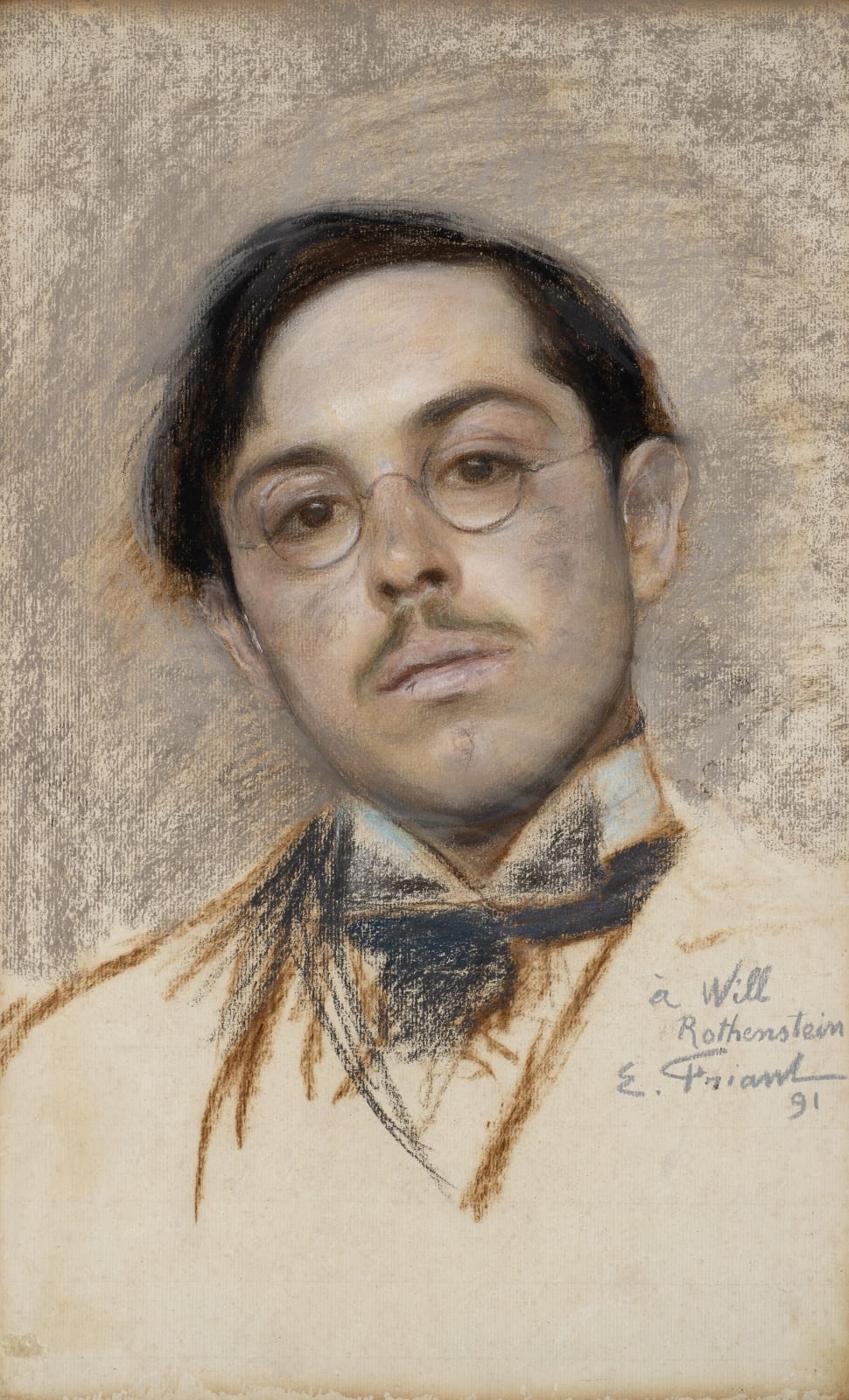Émile Friant (1863 - 1932)
Portrait of William Rothenstein
Signed, dedicated and dated at the lower right: à Will / Rothenstein / E. Friant / 91
Pastel on paper
51 x 32.5 cm. (20 x 12 ¾. in.)
Portrait of William Rothenstein
Signed, dedicated and dated at the lower right: à Will / Rothenstein / E. Friant / 91
Pastel on paper
51 x 32.5 cm. (20 x 12 ¾. in.)
Provenance:
The estate of the artist;
By descent through the Rothenstein family until 2021.
With straight black hair brushed to the side, thin pencil moustache and his trademark spectacles perched on the bridge of his nose, the nineteen year old Will Rothenstein tilts his head at an angle and raises an eyebrow quizzically, as if to scrutinise Émile Friant as the brilliant French painter translates the young Englishman’s likeness onto paper. Rothenstein would progressively lose the hair as the years rolled by but kept the spectacles for the remainder of his life, as well as the searching look (fig. 1), rendering the soon-to-be famous artist eminently recognisable even at the end of his teenage years. A photograph of an equally assured Rothenstein from circa 1890 (fig. 2) compares very well to Friant’s pastel, down to the white upraised collar and tie. Perhaps these items are one and the same.
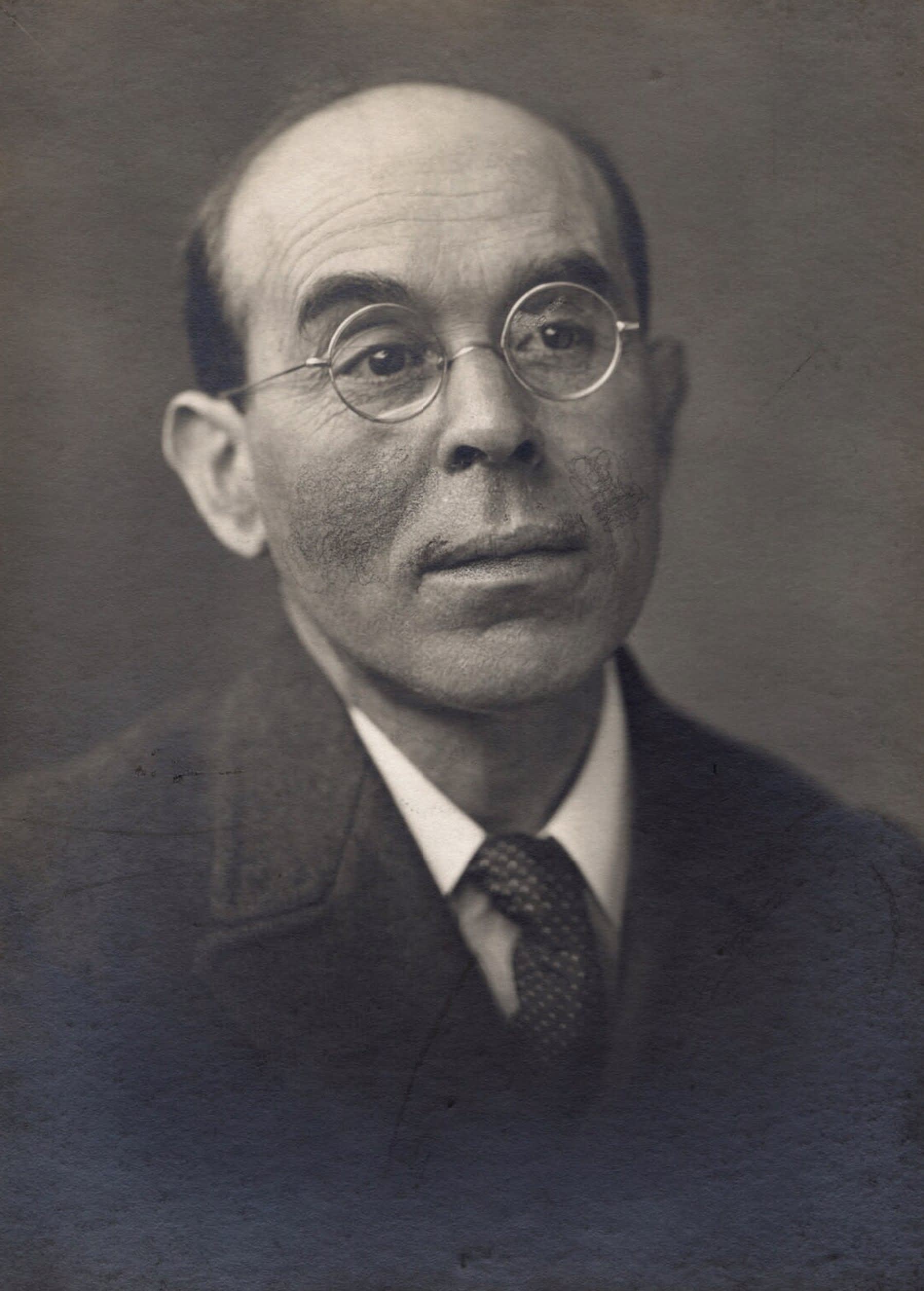
Fig. 1, George Charles Beresford, William Rothenstein,
1920, platinotype print, 15.3 x 11.1 cm, National Portrait Gallery, London

Fig. 2, Hills & Saunders, William Rothenstein, c. 1890,
albumin cabinet card, 14.6 x 10.2 cm, National Portrait Gallery, London
Rothenstein had arrived in Paris two years earlier, after leaving Bradford Grammar School at the age of sixteen to study at the Slade, where he was taught by Alfred Legros. Born to a German-Jewish family in Bradford, Rothenstein was the fifth of six children. Two of his brothers, Charles and Albert, were also deeply involved in the arts: Charles, who followed his father Moritz into the wool trade, was an important collector who bequeathed his entire collection to Manchester Art Gallery in 1925; Albert was a painter, illustrator and costume designer. The connection to the arts continued into the next generation, with Rothenstein’s sons: John Rothenstein infamously served as director of the Tate from 1938 to 1964; Michael Rothenstein was a painter and printmaker.
Rothenstein spent four years in Paris from 1889 to 1893, studying at the Académie Julian and sharing a studio with Charles Conder in Montmartre.[1] They exhibited together in 1891 on the Boulevard Malsherbes, receiving favourable press attention and encouragement from Edgar Degas and Camillo Pissaro. Rothenstein quickly found his feet in Paris, integrating himself with a network of contemporary French artists such as Henri Toulouse-Lautrec, Louis Anquetin, Jean-Louis Forain and Paul-Albert Besnard. Although the artist claimed to have destroyed much of the work he made in France, some paintings and studies still exist. Parting at Morning from 1891 is the most impressive of Rothenstein’s extant Parisian works, though his sketchbook is a more valuable biographical document, which, at over one hundred pages long, shows the range of his interest at this time, from copies of Velázquez and Japanese prints, contemporary street scenes and hazy landscapes, to a vibrant self-portrait (fig. 3) and images of his friends.
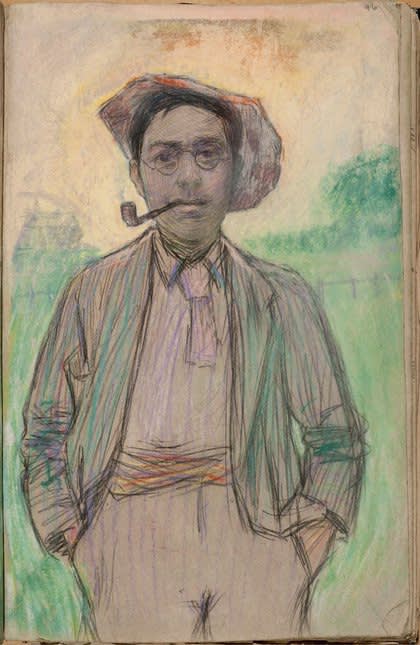
Fig. 3, William Rothenstein, Self-portrait, c. 1890, graphite
and coloured chalk on paper, 37 x 23.8 cm, Tate
Rothenstein returned to London in 1893, commissioned to execute a series of lithographic portraits, though he maintained a strong connection to France, and was seen as an ambassador for French culture, promoting Rodin’s London exhibition in 1900 for example. Rothenstein would go on to have a successful career, becoming President of the Royal College of Art from 1920 to 1935. Active in avant-garde social circles, Rothenstein’s memoires are full of anecdotes about many of his famous friends. He was also a noted art historian, writing on subjects as diverse as Goya and Indian sculpture, which remained a life-long passion.
Friant’s intimate portrait is testament to the respect and friendship which developed between the two artists. Despite being a decade older than Rothenstein and ‘a bachelor of austere habits’[1] he was clearly a significant figure during Rothenstein’s Parisian years, with the Englishman writing ‘Friant’s kindness to me as a youngster I could never forget’.[2] The two got to know each other through frequenting Le Rat Mort, a bar of dubious repute much favoured by artists during the fin-de-siècle. Whilst Friant was a painter of the realist school, with a highly polished finished, and Rothenstein much more impressionistic in approach, it does seem that the Frenchman had some artistic impact on the younger foreigner. Indeed the composition of Rothenstein’s most famous painting The Doll’s House (fig. 4), executed in 1899-1900, with the two figures placed emphatically against a stark, monochrome background, has strong echoes of Friant’s well-known Ombres Portées (fig. 5) now in the Musée d’Orsay. This striking painting dates to 1891, and so may well have been in Friant’s studio as Rothenstein sat for this capivating portrait.
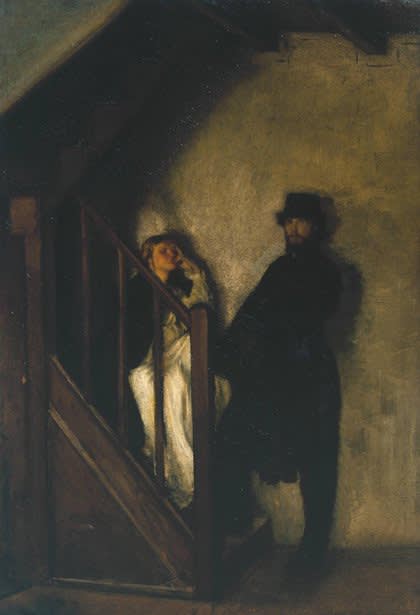
Fig. 4, William Rothenstein, The Doll’s House, 1899-1900,
oil on canvas, 90 x 61 cm, Tate
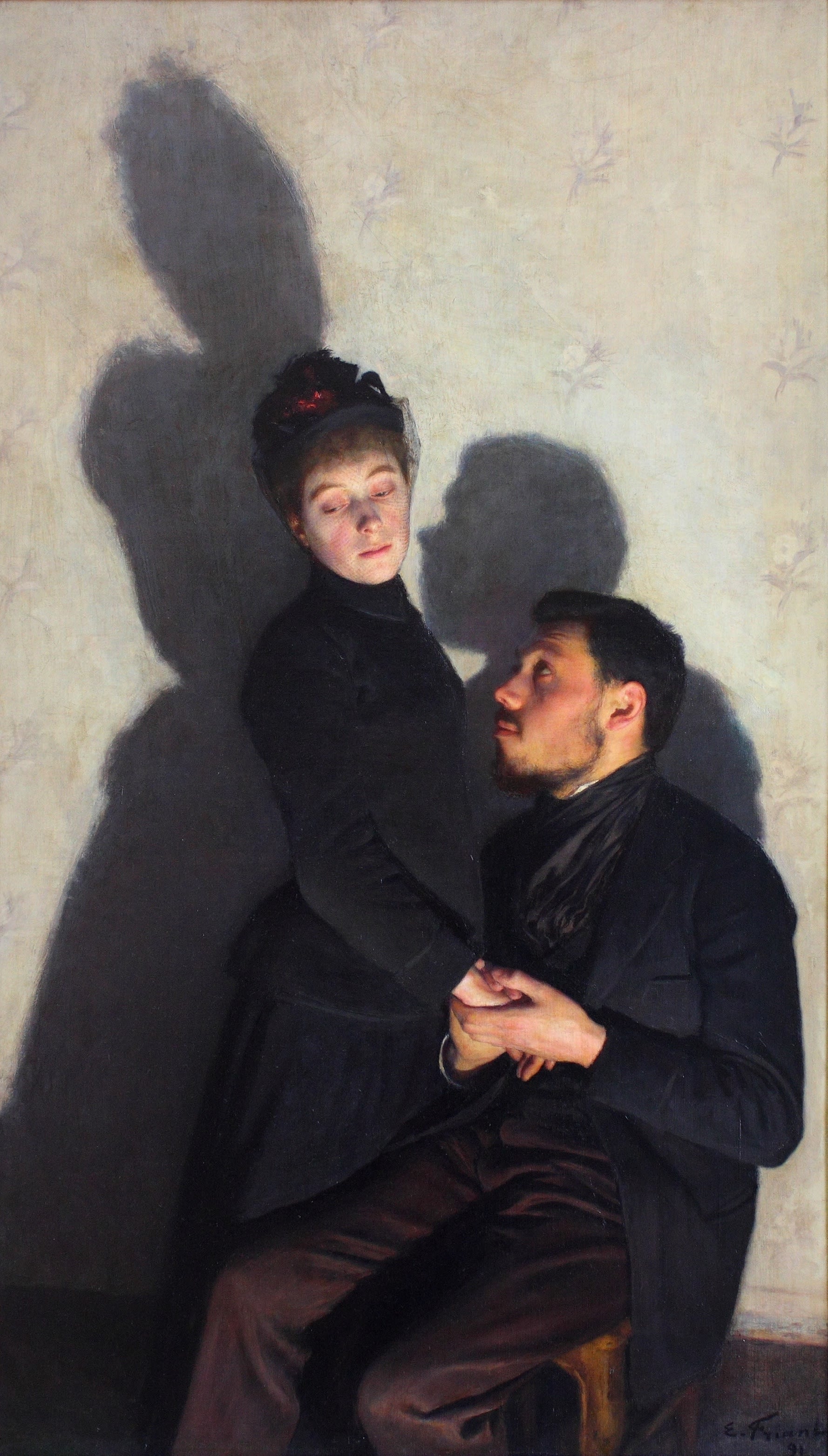
Fig. 5, Émile Friant, Ombres Portés, 1891, oil on canvas, 117 x 68 cm,
Musée d’Orsay
